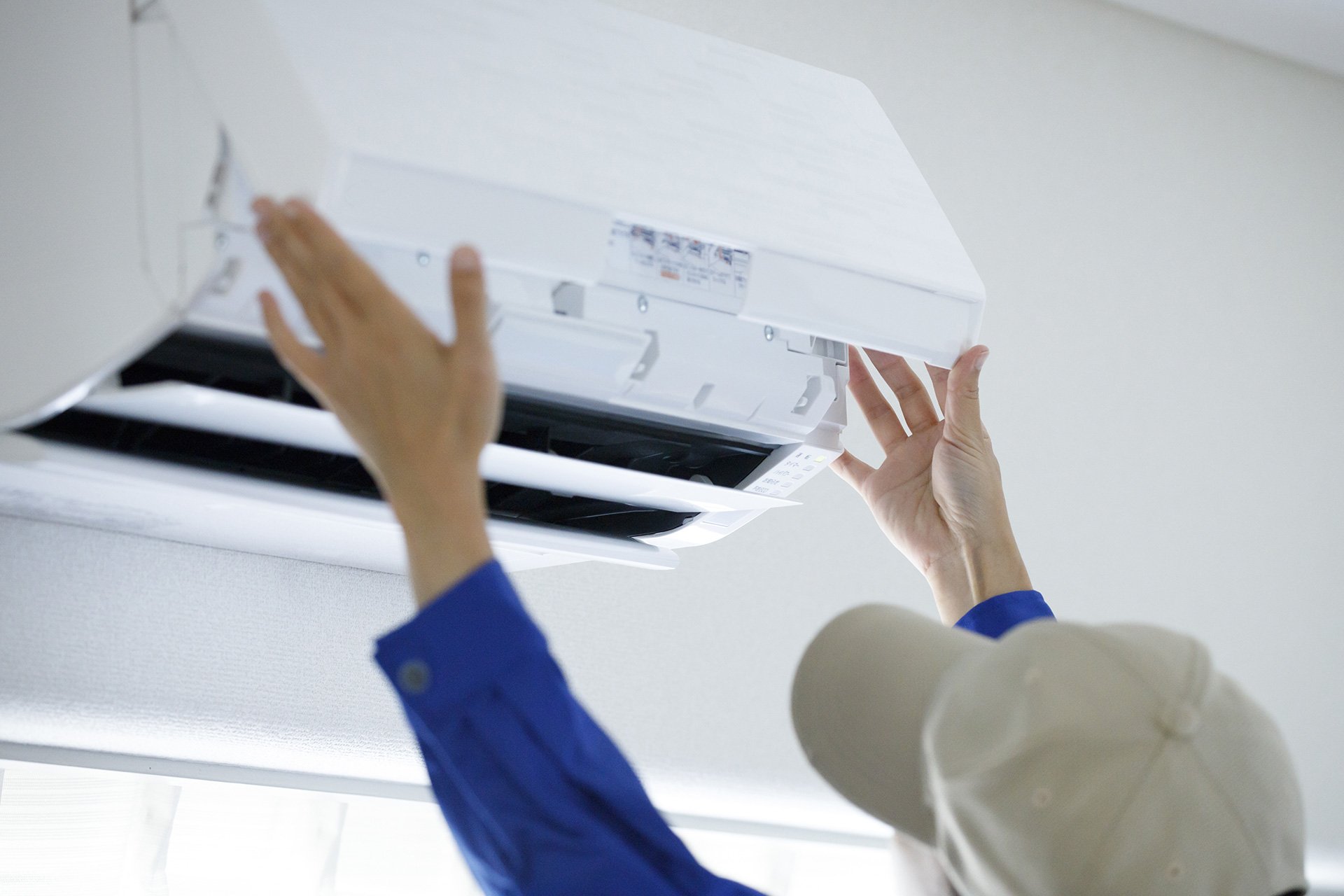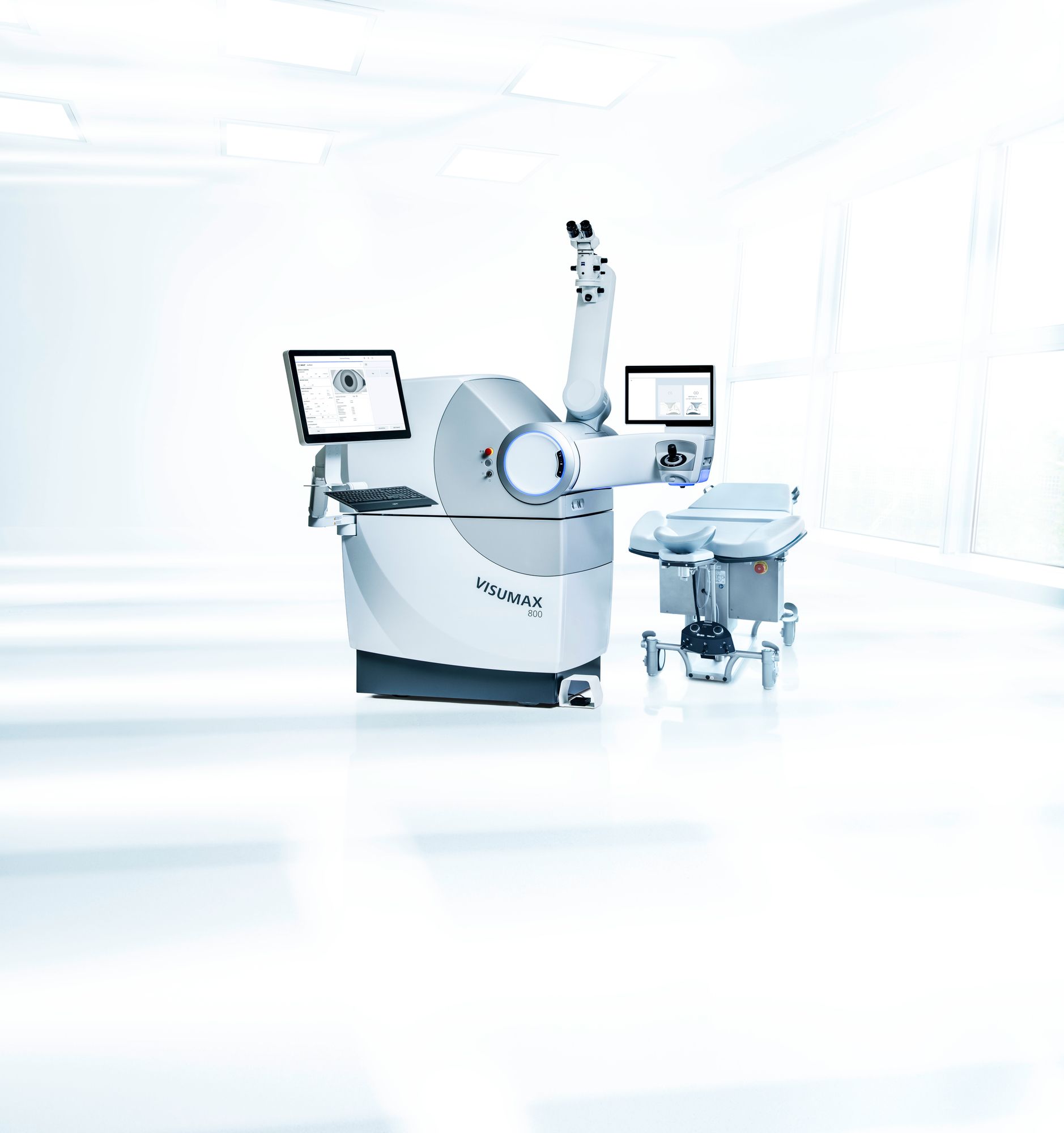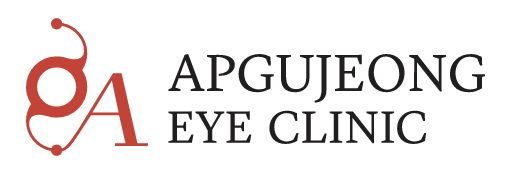SMILE LASIK for Thin Corneas in Korea | What You Need to Know
SMILE LASIK for Thin Corneas in Korea
If you’ve been told your corneas are too thin for vision correction surgery, don’t lose hope. In Korea, advanced techniques like SMILE LASIK (Small Incision Lenticule Extraction) and upgraded versions such as SMILE Pro are increasingly being used as options for patients with thinner corneas — with careful assessment and customized planning.
Here’s a detailed, clinic-friendly guide on how SMILE LASIK for thin corneas works in Korea, what to watch out for, and how to make an informed decision.
✅ What Is SMILE LASIK and Why It Matters for Thin Corneas
SMILE LASIK is a laser refractive surgery that uses a femtosecond laser to create a small lenticule (a lens-shaped piece of corneal tissue) inside the cornea, which is then removed through a micro-incision (typically 2-4 mm). Because SMILE avoids creating a large corneal flap and removes less surface tissue, it can preserve more corneal structure compared to traditional LASIK.
For patients with thin corneas, this means:
- Less tissue removed → more residual corneal thickness remains.
- No large flap that might compromise corneal stability.
- Potentially lower risk of flap-related complications or biomechanical weakening.
However, “thin cornea” is not a universal guarantee of suitability. Proper diagnostics and surgeon judgement are essential.
🩺 How Korean Clinics Assess Suitability for Thin Corneas
In reputable Korean eye clinics, the assessment process for thin-cornea patients looking at SMILE LASIK typically includes:
- Detailed corneal thickness (pachymetry) measurement.
- Corneal topography/tomography to check for irregularities or risk of ectasia.
- Anterior chamber depth and corneal biomechanical strength.
- Evaluation of refractive error (myopia / astigmatism), eye surface health (dry eyes, scarring).
- Customized discussion of how much tissue removal the cornea can safely tolerate, and whether SMILE (or SMILE Pro) is appropriate — or whether another procedure (such as ICL Surgery) might be safer.
For example:
- Some Korean clinic literature states that SMILE (and its upgraded versions) is “suitable for patients with thin corneas” when the corneal thickness and eye parameters permit. South of Seoul+5lasiksurgerykorea.com+5BGN Eye Clinic Jamsil Lotte Tower+5
- Others note that if the cornea is too thin, or structural integrity is questionable, then lens-implant approaches (like ICL) may be recommended instead. best-lasik.co.kr+1
🧭 SMILE LASIK vs Alternatives When Corneas Are Thin
Why SMILE LASIK might be preferred:
- Minimally invasive with small incision.
- Better preservation of corneal structure compared with flap-based LASIK.
- Good option if you have moderate myopia/astigmatism and corneal parameters meet criteria.
When SMILE LASIK might not be ideal:
- If the cornea is extremely thin or shows signs of weakening (e.g., early ectasia) — risk of post-op instability increases.
- If you have other risk factors (very high myopia, large pupil size, severe dry eyes) — alternative such as ICL may be safer.
- Some clinic guidance mentions that even SMILE Pro may still have limits on how thin the cornea can safely be for the procedure. bgneyeclinic.com
Alternative treatments for thin corneas:
- ICL (Implantable Collamer Lens): no corneal tissue is removed, making it ideal for very thin corneas.
- LASEK/PRK: Surface laser methods that may remove less tissue but require longer healing.
- A conservative approach: Monitoring, correcting refractive error with glasses/contacts until a safe surgical option becomes available.
📍 What to Ask Your Clinic in Seoul
When you visit an English-speaking Korean eye clinic and you have thin corneas, make sure you ask:
- “What is my residual corneal thickness after planned SMILE? Is it within safe limits?”
- “Do you perform corneal biomechanical assessments (i.e., to check corneal stability)?”
- “Can you show how much tissue/lenticule will be removed for my prescription?”
- “What are the options if my cornea is too thin for SMILE — do you recommend ICL instead?”
- “What laser system do you use (e.g., VisuMax 800 for SMILE Pro)? What improvements does it offer for thin corneas?”
- “What is the follow-up schedule and what happens if residual vision remains or change occurs?”
- “What is the cost breakdown and are extra diagnostics or follow-ups included?”
🎯 Summary: Is SMILE LASIK Right for You with Thin Corneas?
In short: yes, possibly, but only if your eye meets the right criteria and you choose an experienced clinic.
- SMILE LASIK offers important advantages for thin-cornea patients compared to traditional LASIK.
- But it’s not a guarantee — each eye must be assessed carefully for safety and suitability.
- If you are told “your cornea is too thin” for standard LASIK, it doesn’t mean you’re automatically excluded from SMILE; instead you need a clinic that offers full diagnostics and specialized experience.
- In Korea, many high-end clinics have built protocols and equipment suited for these more complex cases.
- Still, have backup plans (e.g., ICL) in case SMILE is not advisable for your individual case.













